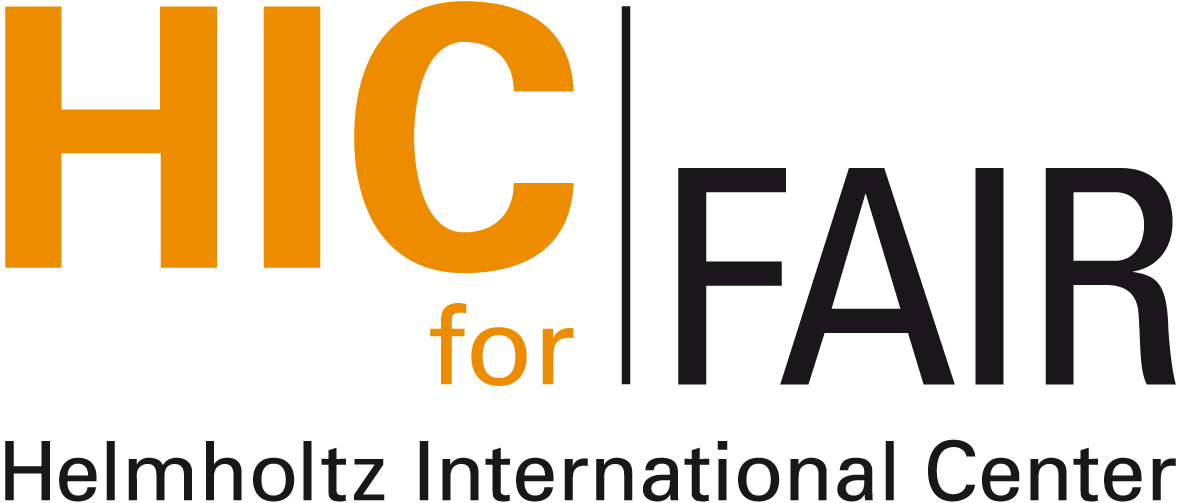 Nuclear Physics Colloquium
Nuclear Physics Colloquium Nuclear Physics Colloquium
Nuclear Physics ColloquiumVenue: Physics
Building, Max-von-Laue-Str. 1, Seminar Room PHYS 2.116
Time: Tuesday, September 18, 3:00pm (s.t.)
Contact: hees@th.physik.uni-frankfurt.de
Since the incident nuclei in heavy-ion collisions do not carry strangeness, the global net strangeness of the detected hadrons is expected to vanish. We show that there is an intimate relation between strangeness neutrality and baryon-strangeness correlations. In the context of heavy-ion collisions, the former is a consequence of quark number conservation of the strong interactions while the latter are sensitive probes of the character of QCD matter. We investigate the sensitivity of baryon-strangeness correlations on the freeze-out conditions of heavy-ion collisions by studying their dependence on temperature, baryon- and strangeness chemical potential. The impact of strangeness neutrality on the QCD equation of state at finite chemical potentials will also be discussed. We model the low-energy sector of QCD by an effective Polyakov loop enhanced quark-meson model with 2+1 dynamical quark flavors and use the functional renormalization group to account for the non-perturbative quantum fluctuations of hadrons.